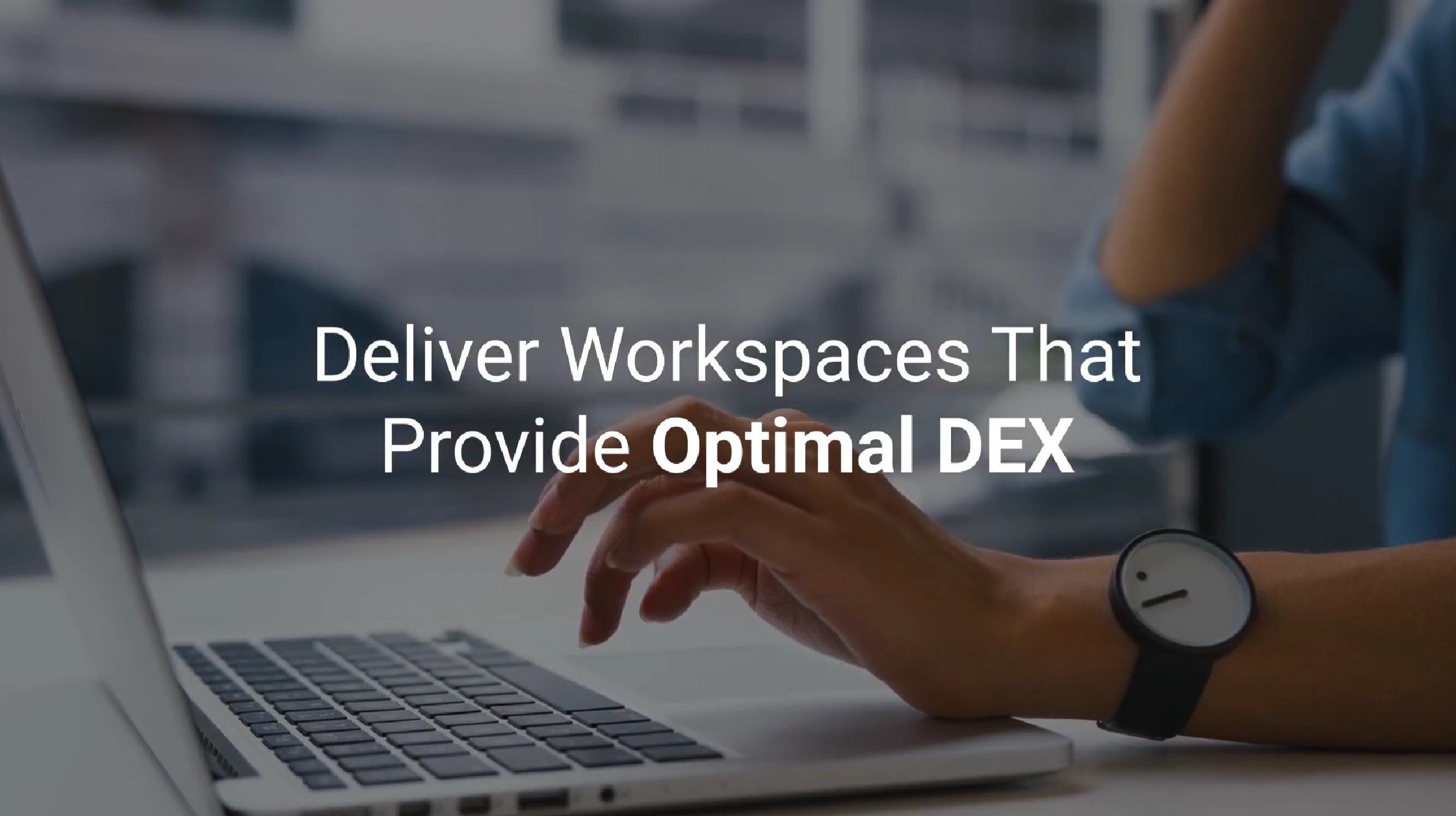
"While a uniform virtual environment was sufficient for years, today's hybrid reality presents daily challenges for admins. Employees log in from home, the office, or on the road, often using devices of their own choosing and with varying application needs. For IT departments, this means a delicate balance between control, flexibility, and security. According to Andreas van Wingerden, Pre-Sales Consultant Northern Europe at Liquidware, many organizations are still caught between the past and the future."
"The coronavirus pandemic shook that model to its foundations. Suddenly, working from home had to be facilitated on a massive scale, and flexibility proved not only feasible but often even more productive. Today, IT departments know that no two employees are alike. A graphic designer with heavy GPU loads needs different facilities than an office worker who mainly works in the office."
"Managing the modern workplace is therefore no longer about uniformity, but about customization. The infrastructure must adapt to the user, rather than the other way around. At the same time, new generations of employees demand more autonomy. They no longer allow themselves to be pinned down to a single standard device or fixed workplace. IT departments that do not support this risk losing employee productivity and job satisfaction."
A uniform virtual environment no longer meets workforce needs as employees access systems from varied locations and devices. Remote work during the pandemic demonstrated that flexibility is feasible and often productive. Different roles require different resources, such as GPU-heavy setups for designers versus standard office workers. IT must shift from uniformity to customization, delivering infrastructures that adapt to individual users. New generations demand autonomy over devices and workplaces. Failure to support multiple devices, platforms, and work patterns risks reduced productivity and lower job satisfaction. Successful hybrid strategies balance control, flexibility, and security.
Read at Techzine Global
Unable to calculate read time
Collection
[
|
...
]